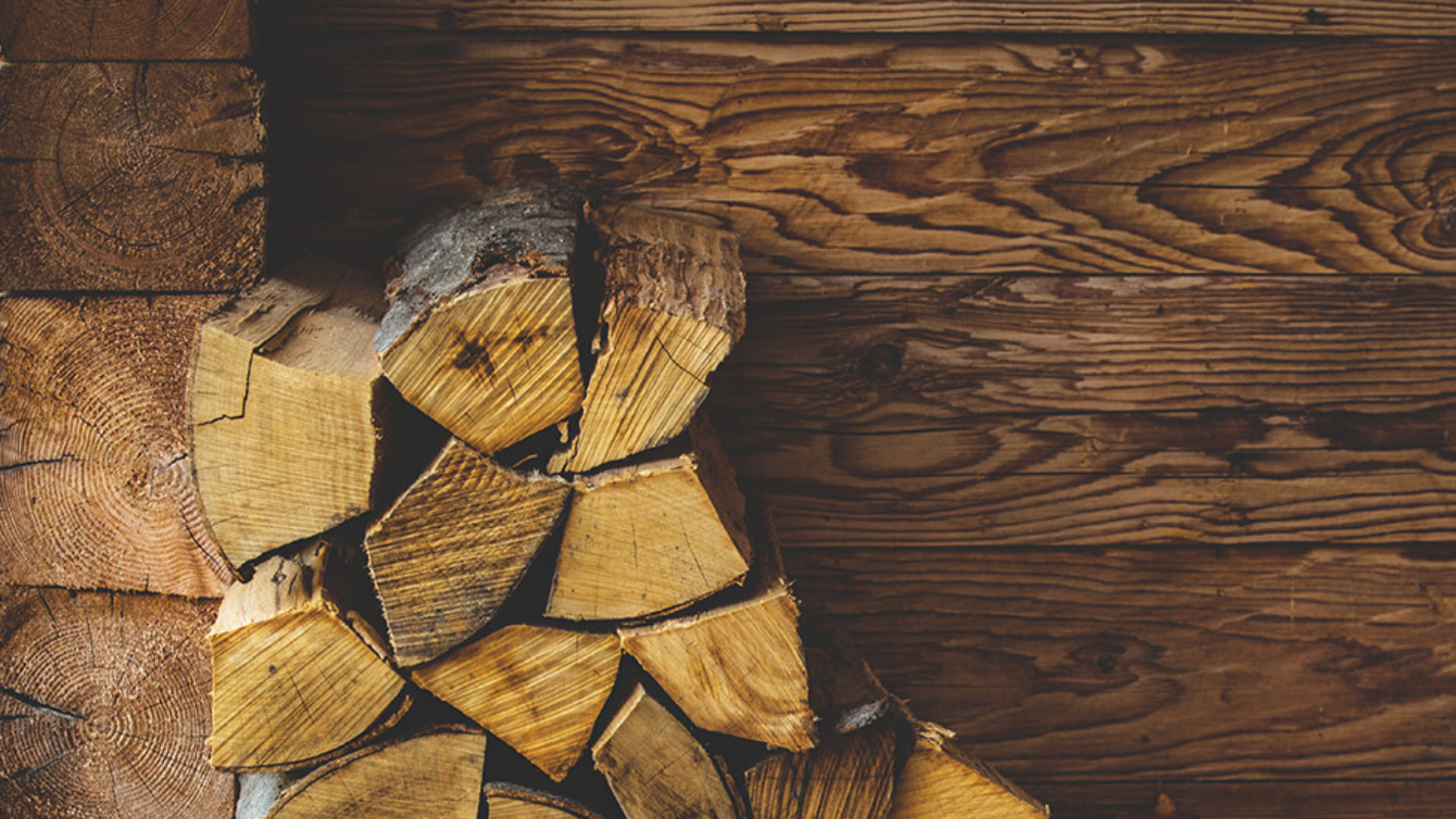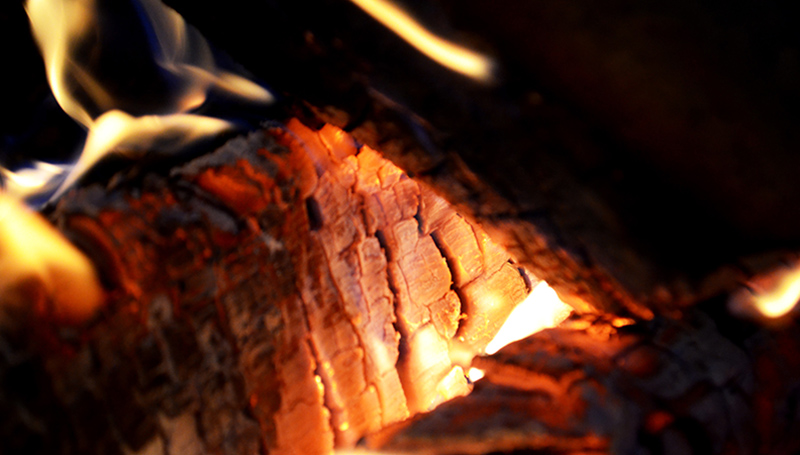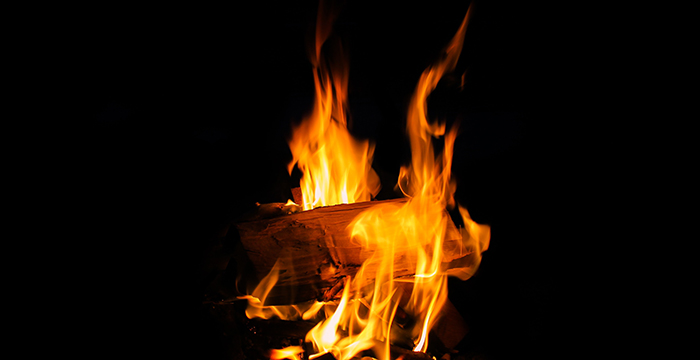Studies have shown that wood will catch fire when the temperature reaches 572 degrees Fahrenheit.
We all know there is nothing but wood ashes after the combustion of wood in our life.
But try to imagine another amazing form of wood, can wood melt into a liquid?
Okay, without further ado, let’s jump right into it:
Is it possible to melt wood? Does wood have a melting point?
Short answer: NO. Unfortunately, we don’t have a chance to see a melting wood in real life.
The reason we can not melt wood is complicated before we get into that, let’s learn something about melting first.
how does melting occur and why wood can’t melt?
When an ice cube is melting into water, that’s a physical process which we call phase transition.
To make it possible, these requirements must meet:
- The substance must be a crystalline solid.
- The temperature must reach its melting point.
A crystalline solid’s constituents including atoms and molecules are highly ordered.
When the temperature rises, the molecules start to move and the structure of the crystalline solid become looser.
When the temperature reaches a certain level, the substance’s molecules will be moving too fast to maintain a solid shape and we call this temperature the melting point.
So if we want to melt a wooden log, apparently it’s not gonna work.
After melting, substances will remain the same chemical makeup. But wood has many components and it is not a type of crystalline material.
Before you heat it to the melting point, some components including lignin and cellulose will oxidize to burn.
In this case, wood does not have a melting point, it only has a combustion point.
Any wood will just burn like wood pellets in the stove.
How about melt a wood in a vacuum room where no oxygen exists?
That’s not going to work either, but since we have mentioned that melting is a molecule moving game, and wood’s constituents are not ordered as a crystal.
The cellulose fibers of woods are too long and tangled to have a liquid phase. They will break down and become organic compounds like carbon and hydrogen etc.
A creative Youtuber has also made this experiment a video, check the video below and see how it ends:


